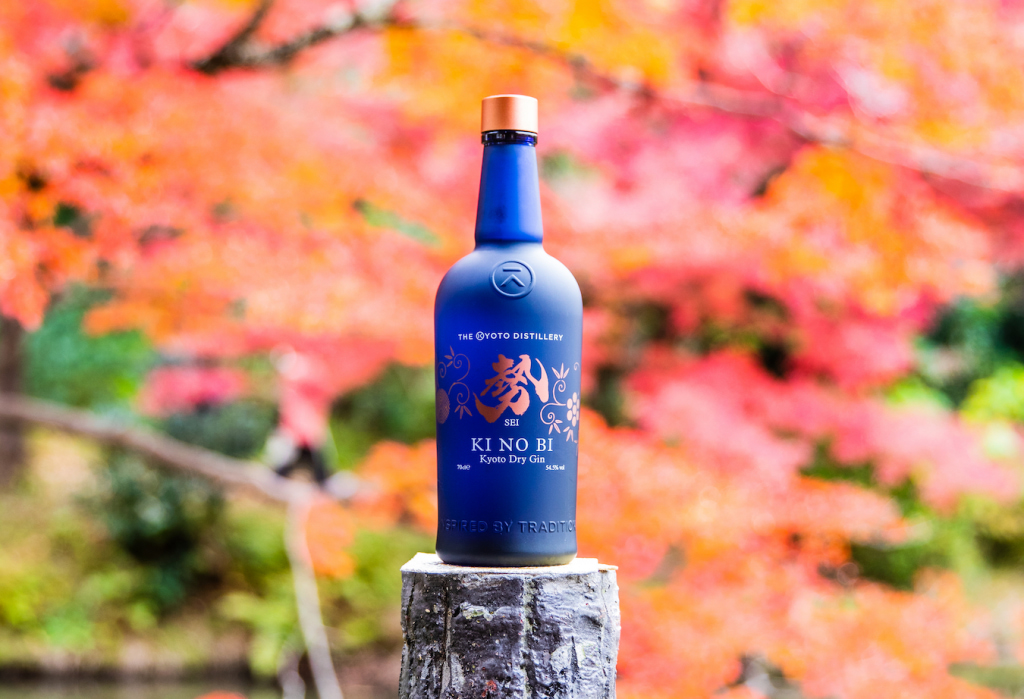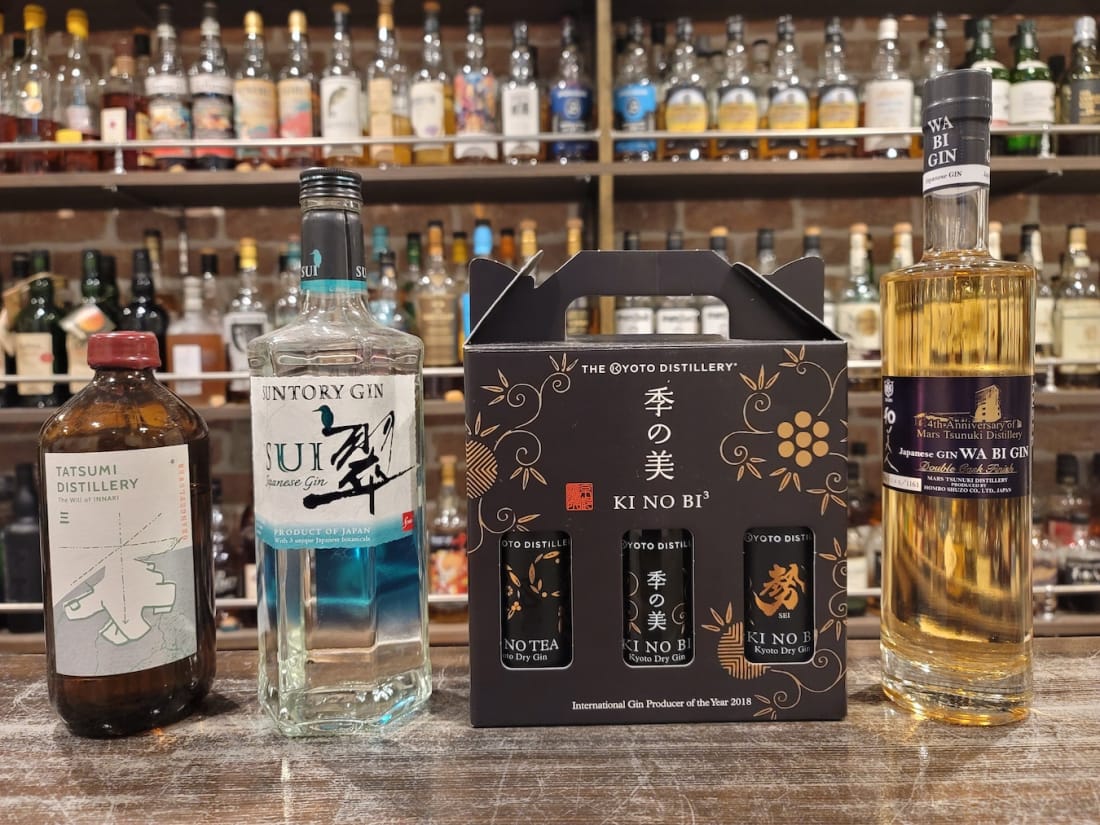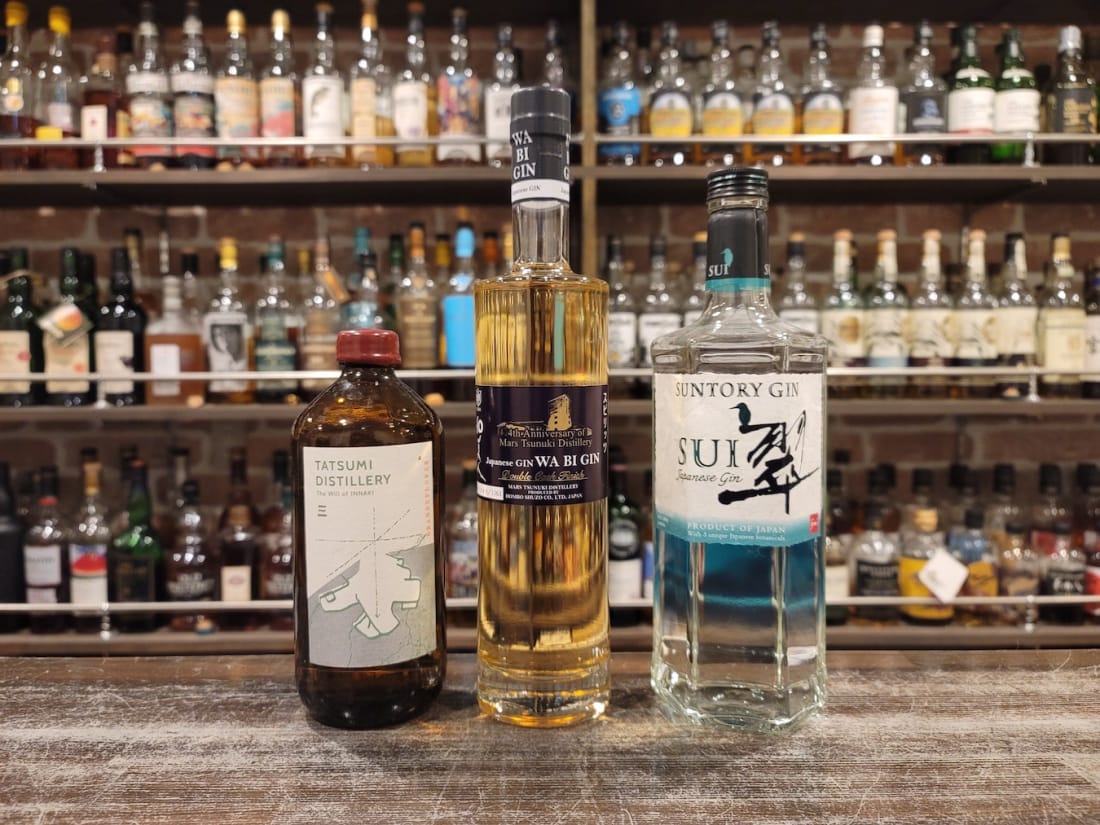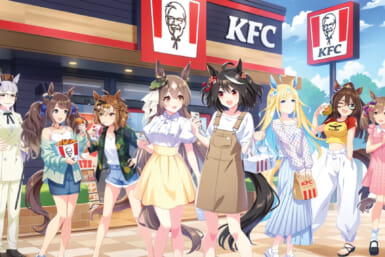In just five years, Japan’s gin industry has exploded onto the global spirits scene. The Kyoto Distillery, the first in Japan to be solely dedicated to making gin, launched their flagship KI NO BI Kyoto Dry Gin in October 2016. Today, there are over 30 distilleries making gin in Japan, ranging from small-batch producers to industry big boys Suntory and Nikka. The Japanese public shows no sign of growing tired of trying new gins, and the export market continues to expand.
Gin History
The critical element of any definition of gin is that juniper is the predominant botanical. This is down to its history – gin emerged from the early days of distilling in Europe, a medicinal aqua vita made from distilling wine infused with juniper berries. Juniper was a diuretic and prized in times of plague, which were pretty frequent in medieval Europe.
Modern gin developed in England after Genever, a Low Countries medicinal liquor used to treat stomach complaints, gout and gallstones, was introduced in the early 1600s. The gin industry boomed in the early 1700s after King William III loosened regulation. Gin became so widely consumed, especially by the poor, that sales began to exceed beer. Efforts to control the market in the 1730s sparked riots.
Gin’s image finally transformed in the 1850s when distillers opened gin palaces, extravagant drinking dens that enticed wealthier patrons.
Japan’s First Gin
It may come as a surprise to learn that gin was the first Western-style spirit ever produced in Japan. According to historical records, gin was brought to Japan through the Dutch trading enclave on Dejima island in Nagasaki Bay during the Edo Period (1603-1867). In 1812, unable to receive gin from the Netherlands, Shige Dennoshin, the Dutch enclave commissioner in Nagasaki, attempted to distill his own. It was a solid attempt by all accounts, albeit a tad on the sweet side, as he struggled to eliminate the flavor of the juniper berry resin. Two hundred years later, and the spirit is exploding here. So what’s driving Japan’s gin boom?
A World of Gin
Nothing exists in a vacuum, and Japan’s gin boom is part of a global movement, ignited in 2009 by the launch of Sipsmith in London. Sipsmith was the first new copper distillery in London for 189 years, beginning in a garage in the suburb of Hammersmith. In December 2016, Japanese drinks giant Suntory bought a controlling stake in Sipsmith.
More Whisky = More Gin
The in-focus Japanese spirit of the last decade has been whisky. Its popularity has far exceeded supply and sparked the opening of several new whisky distilleries. However, the whisky must be aged before it’s bottled – a minimum of three years to qualify as whisky under the new Japanese whisky standards.
Gin to the rescue! Gin is easy to make, the equipment is relatively cheap and it can be sold immediately, providing cash flow to the fledgeling distillery.
The Craft of Gin
All gin, by definition, must have juniper at its heart. Unlike the thujone in absinthe, the actual level is not specified. Gin’s nebulous definition allows plenty of scope for innovation, allowing the drink to convey its provenance and terroir much more than, say, whisky. This puts gin front and centre of the craft spirit boom, mirroring the growth in locally-made small-scale wines and beers.
The fluidity has allowed Japanese gin makers to push the boundaries, foraging local ingredients to amplify the Japanese-ness of their output.
Although juniper is at the core of gin making, this is supplemented with other botanicals – peels, barks, seeds, spices, fruits and flowers. Japan has no shortage of these, giving a distinctly local flavour: green tea, yuzu, shiso, sansho, bamboo, tankan, hebesu, mikan, goya, shekwasha… all feature in the country’s gins.
No grain is specified for making the base distillate for gin, so rice is commonly used in Japan, with some exceptions. Shochu maker Kyoya Shuzo in Miyazaki uses its ample stock of sweet potato distillate to make its 94 proof ‘Yuzugin’. Umegae Shuzo’s Yokitsuki gin is made by distilling sake, continuing the 200-year-old tradition of gin made in Nagasaki. Down south, Masahiro Distillery in Okinawa is using the Ryukyu’s native spirit, awamori.
The Future of Japanese Gin
With aficionados happy to pay premium prices for a product they see as trendy, handmade, and local, Japanese gin’s future is bright. Expect to see further searching for exotic botanicals and increasing interest in drinking gin neat, allowing tipplers to fully appreciate the spirit’s terroir.
View this post on Instagram
What To Drink
KI NO BI SEI Kyoto Dry Gin
(54.5% ABV, 700ml, ¥7,000)
KI NO BI SEI is made using the same production method as the now-famous flagship gin from the Kyoto Distillery. However, the higher proof Royal Navy strength bottling has a thicker mouthfeel and full-bodied flavour, which allows the distinctive taste of KI NO BI’s flavor profile, yuzu, cypress resin, sansho pepper and green tea, to prevail. It’s punchy at first on the palate while retaining the original KI NO BI’s cleanness and harmony. The flavors are enhanced while remaining well-balanced — a perfect gin for cocktails such as a martini or even a simple gin and tonic.
Masahiro Okinawa Craft Gin – Recipe 02
(47% ABV, 700ml, ¥3,700)
Masahiro Distillery broke onto the scene with their fantastic pot-still distilled Okinawa Gin Recipe 01, itself well worth checking out. Recipe 02 uses Okinawa’s local citrus tankan as its main botanical. The addition of mint, cloves, moon peach, ginger, and lemongrass ramps up the complexity. Somehow, this gin remains light and well-balanced. It blew my mind when I first tried it. It’s a limited edition, so stock up now!
Sakurao LIMITED Japanese Dry Gin
(47% ABV, 700ml, ¥5,900)
Founded in 1918, Chugoku Jozo currently produces two gins under their flagship Sakurao brand – Original and Limited, although not that limited since it has been in plentiful supply since its launch in 2018. Seventeen botanicals, all from Hiroshima prefecture, are used, including Japanese juniper and oysters. Peppery, citrusy and cherry blossom on the nose, plenty of depth on the palate and a long finish await. Drink neat, on the rocks or in a gin and tonic.
Dennoshin 1812
(47% ABV, 510ml, ¥2,970)
Remember Japan’s first domestically-produced gin attempt back in 1812? Sake Brewer Kinokawa has re-created the flavour of this heady brew. It has a whisky-like amber colour and is characteristically sweeter than other gins due to using three times the usual amount of juniper berries. Well worth checking out for both its historical value and as a great cocktail ingredient, especially for those with a sweet tooth.











